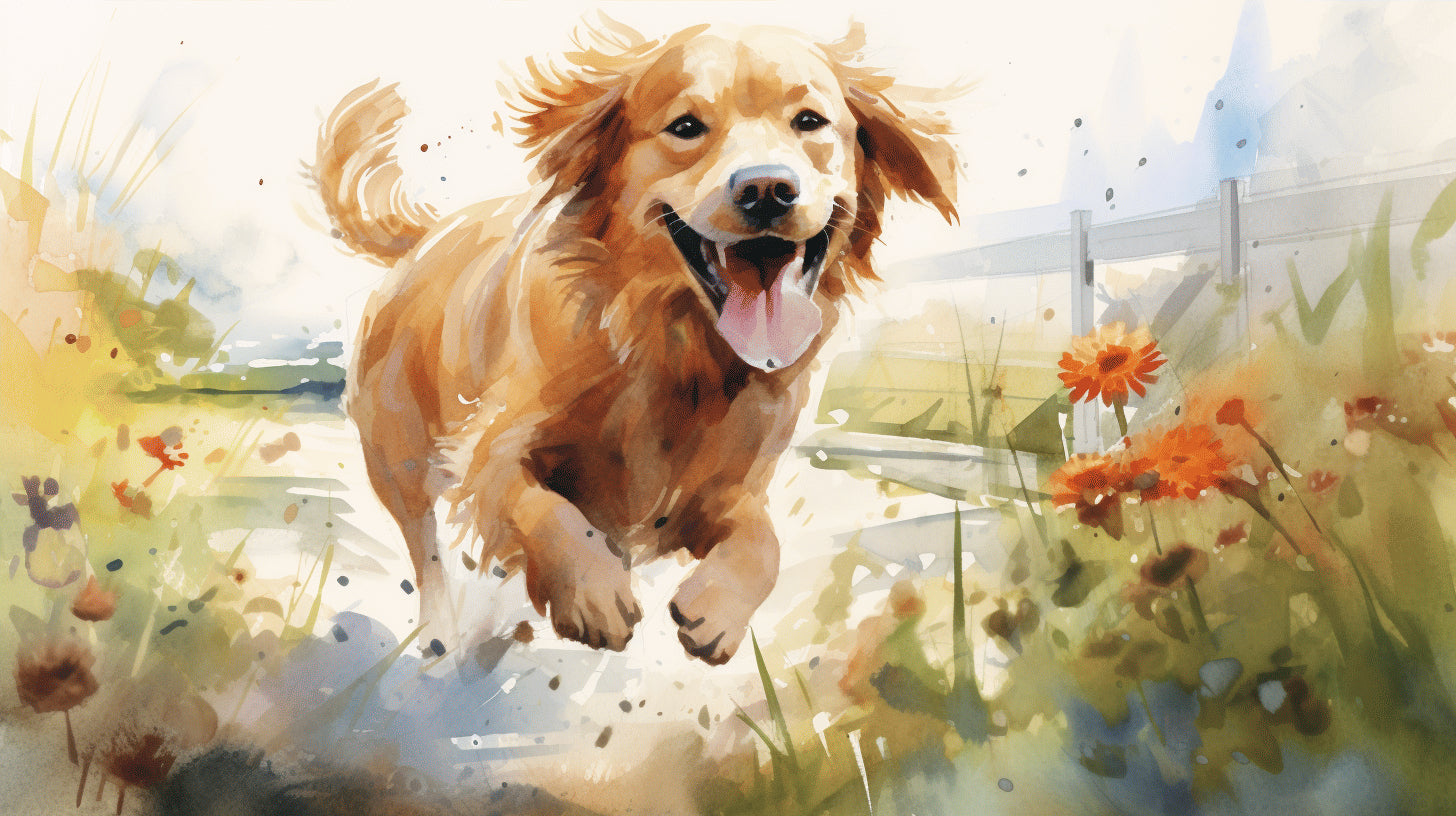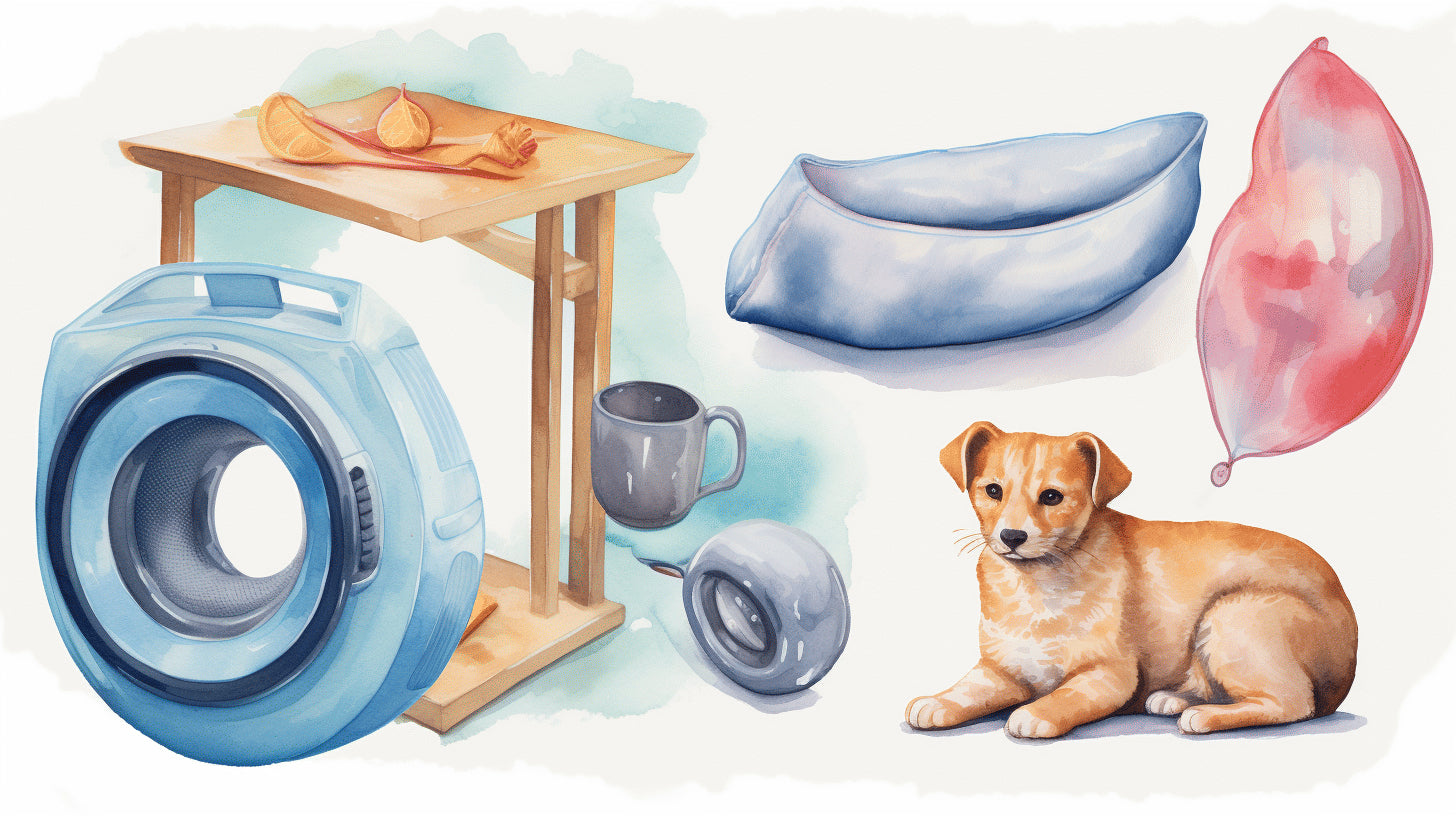Pets are more than just animals to fill our homes—they're family. People share their homes, lives, and hearts with these special creatures every day. Like any family member, ensuring their safety is a priority. From munchkin cats to massive Great Danes, these furry friends rely on us for their well-being and happiness.
But owning a pet is more than just cuddles and playtime; it comes with great responsibility. As pet owners, we're charged with these wonderful creatures' safety, from keeping updated on vaccinations, illness prevention and treatments, and correctly identifying them. Proper pet safety enhances our dearest companions’ quality of life and can even extend their lifespan.
So let's delve into the business of pet safety. This article is robust with essential tips for raising safe and healthy pets, whether you're a new pet owner or an experienced paw-ent, aiming to ameliorate your fur-buddy's lifestyle.
Pet Ownership Statistics
When you wander through the neighborhood, have you noticed how many dogs are sticking their noses over the fences, or how many cats are lounging in sunny windows? It's clear to see that pets are an essential part of our lives. In fact, you might be surprised at just how many households across the United States have a furry (or feathered, or scaled) friend to call their own.
Number of Pet-Owning Households in the US
Incredibly, around 43.3 million households in the US have pets! That's a significant chunk of the nation providing a loving home for animals of all kinds, from dogs and cats to reptiles and birds. Whether it's companionship, activity, or just the plain old love of animals, it's clear that pets hold a cherished place in American homes.
Millennials, Gen X, and Baby Boomers as Pet Owners
Delving into this further, our cherished pets have found their ways into the hearts of various generations. Millennials, those aged between 25 and 40, currently hold the crown as the most pet-loving generation. With 33% of pet owners belonging to this group, it seems the urge to 'nurture' is strong in this generation. Following closely behind are Gen X (25%), and not too far off are the baby boomers (24%). Each generation, it seems, has its share of animal admirers.
Pet Ownership Rates
In a broader perspective, it's estimated that approximately 70% of US households own at least one pet. So, if you feel that you're seeing more collars and leashes during your morning walks, or hearing more birdsongs at the break of dawn, it's not just your imagination—pet ownership rates are indeed on the incline!
Clearly, pets have made their mark in our lives. Keeping us company, keeping us active, and outright stealing our hearts, pets have become an inseparable part of the American household.
Remember, regardless of whether you belong to the 70% household that owns pets or to the remaining 30% that doesn't—it's always a good idea to say hello to our furry or feathered friends! After all, their unconditional love is something we could all use a bit more of.
Importance of Pet Safety
In our bustling, often chaotic world, maintaining a safe environment for our furry friends becomes paramount. From proper identification to momentous mental health benefits, taking care of our pets should be at the top of our priority list. This section delves into the significance of various aspects of pet safety and how they impact both our lives and those of our beloved pets.
Unsafe Traveling Practices
Did you know that a whopping 84% of dog owners admit to not restraining their dogs while traveling? This negligent behavior can pose serious safety threats to both the pet and the owner, including possible accidents and escape incidents. We must urge a shift in this behavior. Always remember: when you take your pet out for a ride, ensure they are securely restrained for their safety—and yours.
Importance of Pet Insurance
Just like our health insurance, pet insurance equally holds grave importance. The number of insured pets in the U.S. saw an increase of 22% in 2022, signifying a growing awareness regarding pet healthcare. Pet insurances can cover anything from accidents and illnesses to preventive veterinary care, making caring for your pet's health less of a financial burden.
Need for Proper Identification
I cannot stress enough how essential it is to have proper identification for your pets, such as microchips and tags. This is a crucial safety measure in case our pets ever go missing. It's a terrifying thought, yes, but it's better to be prepared with tags and microchips to quickly locate and retrieve our precious pets.
Pet Ownership and Mental Health
Holding the leash to pet ownership brings considerable joy and has positive implications for our mental health — a sentiment echoed by 86% of pet owners. The unconditional love and companionship offered by pets can profoundly impact our mood, stress levels, and overall mental well-being.
Pet Safety During Domestic Violence
In a disturbing trend, it is found that 65% of domestic violence victims are unable to escape abusive situations due to the presence of their pets. This dramatic statistic highlights the critical need for secure pet safety provisions in such scenarios, emphasizing the requirement for adequate protocols and assistance.
Risks During Airplane Travel
The romanticized idea of flying with your pet could have a dark side. From 2010 to 2020, over 250 animals tragically lost their lives during or immediately after air travel, indicating the possible risks associated with such modes of transport.
Dog Bites
Last, but certainly not the least, we can't gloss over dog bites. Each year, over 4.5 million people in the U.S. experience a bite from our canine friends. As responsible pet owners, it's our duty to train and socialize our dogs properly to reduce any instances of aggressive behavior.
So, there you have it, an expansive overview of the various facets of pet safety. Always remember, precaution and care for your pet can make a substantial difference. For more insights into pet safety, feel free to explore these Essential Tips for Pet Safety. Your pet's well-being and safety are unquestionably of utmost importance.
Basic Pet Care Tips
Providing your furry friend with the best care might seem like a daunting task, especially if you're a first-time pet owner. However, with a bit of understanding and consistency, you can ensure your pet's health and well-being will flourish. Stick around as we delve into these basic pet care tips that will help you raise a healthy and happy pet.
Regular Exams
Just like humans, pets require regular check-ups to monitor their health and catch potential issues early on. Regular veterinary exams are essential for pet health, giving your vet the opportunity to evaluate your pet's overall wellness and administer necessary vaccinations.
Spaying/Neutering
This procedure not only helps control the pet population, but it can also prevent certain health issues, including reproductive system cancers and infections. By spaying/neutering your pet, you're contributing to a longer, healthier life for your four-legged friend.
Parasite Prevention
Parasites can be a major issue for pets, causing discomfort and, in some cases, serious health issues. Regular treatments are important for preventing these unwelcome guests and maintaining your pet's well-being.
Importance of Veterinary Care
From wagging tails and comforting purrs to fluttering wings, our cherished pets bring us immeasurable joy. Their health and well-being directly impact our lives, making the necessity of veterinary care essential.
Vaccinations
Vaccinations act as a shield, protecting your beloved pets from harmful diseases. In much the same way vaccines protect us humans, regular vaccinations ensure our pets live a long, healthy life. They decrease the chances of communicable diseases spreading in our furry friends, acting as a first line of defense. Hence, making sure your pets are up to date on their vaccination schedule is a critical aspect of safeguarding pet health.
Safe Home Environment
Switching our gaze to the home front, creating a safe environment for our pets is equally important. Safeguarding means more than merely securing a leash for walks. It entails securing hazardous elements around the household that could potentially harm your pets, such as chemicals, certain plants, or small objects they could swallow. Safe environments help prevent accidents and ensure our pets' overall well-being.
Balancing Treats and Diet
We all love to spoil our pets, but striking a balance between treats and a healthy diet is crucial. Unmanaged caloric intake could lead to weight issues and other health problems for our pets. Regular monitoring of their diet, limiting treats to a reasonable amount and providing balanced nutrition can go a long way in maintaining the health and happiness of our much-loved companions.
Routine Vet Visits
Alongside these actionable steps, routine vet visits play a vital role in pet health. Regular check-ups, coupled with any necessary vaccinations, provide a strong motorway to good health. This fact isn't just about addressing health problems as they arise; it's also about preventive care. Early detection of potential health issues can make a world of difference for your pet's quality of life.
Mapping Nearby Veterinary Clinics
In the case of emergencies, one often overlooked aspect of pet care is becoming familiar with the locations of nearby veterinary clinics. Having this knowledge readily available can save valuable time in an urgent situation and ensure prompt care for your pet.
A healthy pet is a happy pet. When we, as pet parents, take steps to provide vaccinations, create a safe environment, balance their diet, schedule regular vet visits, and map out local veterinary clinics, we are actively contributing to their overall well-being. Their health is twofold, resulting in joy for them and peace of mind for us. Because, after all, their well-being is our happiness.
Dog-Specific Safety Measures
Caring for our four-legged companions entails more than just regular playtime and belly rubs. When it comes to dogs, in particular, owners have a hefty responsibility to uphold specific safety measures to ensure their pet's wellness.
Home Safety for Dogs
Your home is your dog's primary environment, so it becomes paramount to scrutinize it from a safety perspective. Here are some essential practices:
- Securely Store Toxic Substances: From cleaning chemicals to certain plants and foods, numerous substances that are harmless to humans can pose serious health threats to dogs. Keep these substances out of your dog's reach.
- Avoid choking hazards: Small objects that dogs might swallow should be kept well out of reach. Tiny toys, especially those with batteries, need to be stored safely.
- Restrict Access to Staircases and Windows: Dogs, particularly young puppies and seniors, can accidentally tumble down the stairs or jump out of windows, leading to severe injury.
Exercise, Diet, and Vet Visits
The triad of exercise, diet, and regular vet visits form the cornerstone of a dog's health.
- Daily physical activity: Regular walks and play sessions help keep your furry friend active, agile, and mentally stimulated. Different dog breeds require varying degrees of exercise, so it's crucial to research your breed's needs.
- Balanced diet: Providing quality dog food that caters to your pet's specific age, size, and health is key. Overfeeding or underfeeding can lead to weight issues and associated health problems.
- Regular Vet Visits: Professional veterinary care is vital for vaccinations, spaying/neutering, and spotting any potential health issues early on.
Remember, these safety measures aren't exhaustive. Always keep a keen eye on your pet's behavior and overall condition. Changes might signify underlying health issues or unsafe conditions at home. As dog owners, our relentless vigilance is indeed a labor of love, making sure our furry family members live their happiest, healthiest lives.
Frequently Asked Questions
-
How can I ensure the well-being of my pet?
To ensure the well-being of your pet, provide them with a balanced diet, regular exercise, and plenty of fresh water. Schedule regular vet check-ups, keep up with vaccinations, and provide a safe and comfortable living environment.
-
What safety precautions should I take for my pet?
Some safety precautions for pets include keeping toxic substances out of reach, securing fences and gates, using pet-friendly plants, avoiding leaving them unattended in cars, and providing appropriate identification, such as a collar and microchip.
-
How can I keep my pet safe during travel?
To keep your pet safe during travel, use a secure carrier or harness, provide proper ventilation, never leave them unattended in a vehicle, and ensure they have identification tags with updated contact information. Plan frequent breaks for exercise and bathroom breaks.
-
Are there any specific hazards I should look out for in my home?
Some common hazards for pets in a home include toxic foods, household chemicals, loose cords or wires, open windows without screens, and small objects that can be swallowed. Keep these hazards out of reach to ensure your pet's safety.
-
How can I prepare for emergencies involving my pet?
To prepare for emergencies, create a pet emergency kit with essential supplies like food, water, medications, and first aid items. Keep important contact numbers for veterinarians and animal hospitals handy, and have a plan in place for evacuation if needed.




















Leave a comment
This site is protected by hCaptcha and the hCaptcha Privacy Policy and Terms of Service apply.